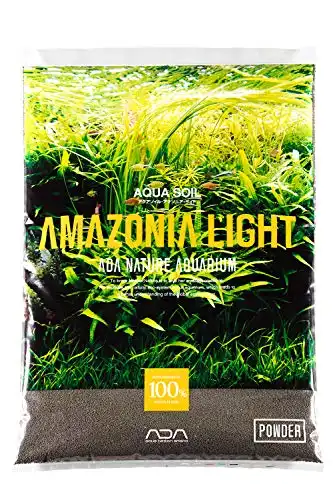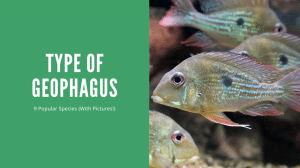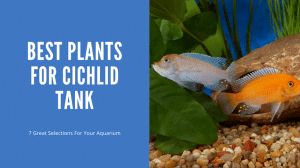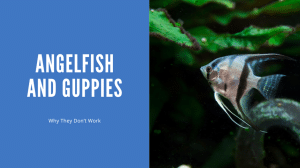Thank you for visiting! By the way… any links on this page that lead to products on Amazon and other stores/partners are affiliate links Aquarium Store Depot earns a commission if you make a purchase.
Can lucky bamboo thrive in your aquarium and benefit its inhabitants? Indeed, it can! This article delivers the key details on introducing “lucky bamboo in aquarium” to your tank, managing its growth, how to grow it (in 7 simple steps), and the perks it brings to your aquatic setup.
Key Takeaways
- Lucky Bamboo is not a true bamboo species, but a resilient and adaptable aquatic plant that improves water quality and provides hiding places for fish in freshwater aquariums.
- To ensure Lucky Bamboo thrives in an aquarium, it must be partially submerged, provided with the right water conditions using dechlorinated water, moderate CO2 levels, and placed in a substrate with low to moderate indirect light.
- Regular care for Lucky Bamboo includes proper pruning to promote growth, cautious fertilization, and it can be easily propagated in water to expand your underwater garden.
Before You Get Started
You will need the following to successfully grow lucky bamboo in an aquarium:
- At least a 5 gallon tank (this is the minimum size for any fish you keep)
- Strong filtration unit
- Active nutrient rich substrate
- Freshwater tank that is rimless (so the plant leaves can be outside of the tank
- Plant scissors (seek out outdoor garden sheers for stems
- Liquid CO2 or a CO2 system
How To Grow Lucky Bamboo In Aquariums: Step By Step
Let’s give you these 7 quick steps on how to grow your lucky bamboo.
1. Preparing Your Aquarium
Including Lucky Bamboo into your aquarium can be quite exciting. There are few things to take note of for a successful start and sustained growth in this environment. Placement is important. The best way to get optimum use out of it would be at either corner or background regions. The plant cannot be completely submerged. Partially submerge lucky bamboo and have the leaves outside of the water. Leaves not submerged will discolor and rot, leading to stunted development and ammonia production in the aquarium. Moderate-high carbon dioxide levels will provide optimal conditions so that the plant thrives well inside an aquarium setting with ease, especially if you plan to keep other plants.
2. Get Substrate And Lighting Right
When it comes to growing Lucky Bamboo in an aquarium, two major factors have to be considered: substrate and lighting. An effective mix of gravel and aquatic plant soil should make up the three-inch deep base for the bamboo’s roots so they can anchor securely while also accessing nutrients. There are multiple active substrates available in the hobby that will work or if you want to go the cheaper route you can consider an organic dirted substrate.
An ADA substrate that is designed for beginners in mind. More forgiving for a beginner but still pro grade quality
As far as light is concerned, lucky bamboo does best when exposed to indirect bright or moderate illumination. Different levels will still work, but not quite optimally.
3. Planting
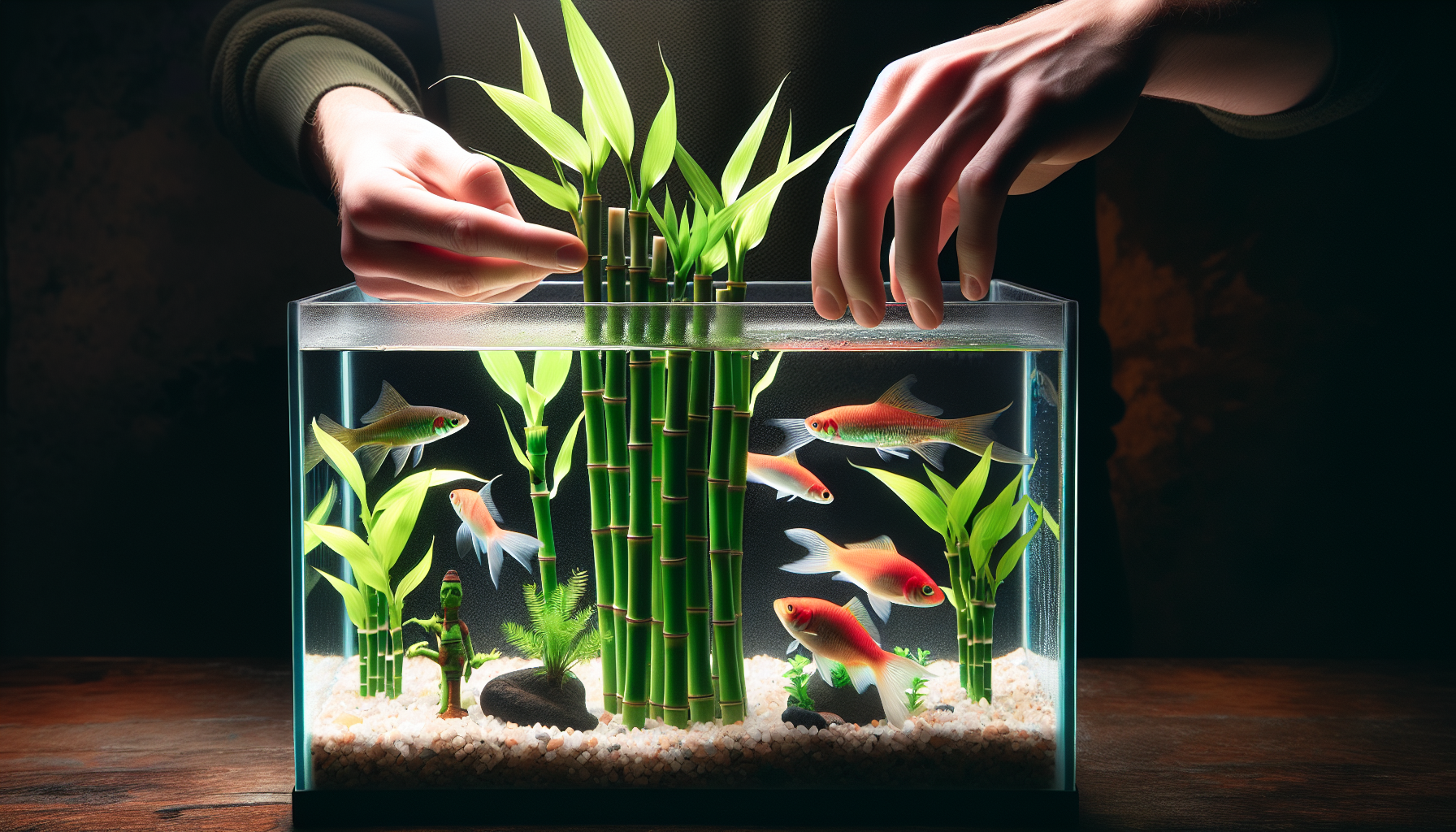
If you’re ready to plant Lucky Bamboo in the aquarium, there are some steps that will help it take root and grow. To plant the bamboo: create small holes for each stem, place each of them carefully into these prepared spots, cover all of them with substrate, pressing gently afterwords.
Whether growing fully submerged or partially so (just top parts above water surface), this type of bamboo is suitable for an aquarium environment as long as care instructions like proper lighting and nutrition are followed properly.
4. Position Stalks Correctly for Success
For a flourishing Lucky Bamboo, it is important to position the stalks properly. An improper arrangement may lead to decomposition and rotting of the plant, which can cause toxins in your aquarium water that could be dangerous for its inhabitants. You should ensure that only the leafy portion remains out of water. If you submerge this part even for just a couple of weeks, decay will occur quickly. To keep things neat and trim, it’s acceptable to snip off some excess leaves on certain stalks where needed.
5. Feed And Fertilize Your Plant
The Lucky Bamboo plant needs several nutrients to thrive, mostly found in the water where it is placed. If kept in soil, you should fertilize this plant every 6-8 weeks and 3-6 times a year if planted inside liquid form. There are many liquid fertilizers like Easy Green or APT Complete that work great.
Editor's Choice
Made by an aquascaper for aquascapers. This is the best all around aquarium plant fertilizer on the market. Marco and micronutrients in one bottle!
Use Coupon Code ASDComplete for 10% off your order!
Yet be careful not to overfertilize as there are certain signs that may appear such as yellowed leaves, burnt roots, deformed foliage or stunted growth. Your main nutrients to monitor with this plant will be nitrate and phosphates, both of which can be monitored with aquarium test kits.
6. Prune As Needed
Looking after Lucky Bamboo requires regular pruning in order to maintain its appearance, size and health. The most efficient way to trim the bamboo stalks is by making a cut just above the nodes using scissors, shears or a clean knife for better results. Pruning not only keeps your lucky bamboo plant looking as you desire, but also stimulates new growth while avoiding legginess and reaching an excessive height.
Don’t be afraid of giving it some snipping every once in a while – maintaining with good old fashioned pruning can make wonders on these aquarium plants.
7. Maintain Water Parameters
If you want to give your Lucky Bamboo the best possible start, then location is important but there’s more than that. You need water conditions which will enable it to flourish. The ideal option for this would be RO or distilled water as these don’t have any added chemicals like chlorine in them and are exactly what lucky bamboo prefers (though keep TDS level in mind for fish – more on that later in the post).
If tap water is all you have available. Remember to dechlorinate first. A good dechlorator like SeaPrime does wonders.
Pro Tips
- If a stem turns yellow – remove it immediately. When they turn yellow, the roots can spread fungus and kill the rest of your plant
- Keep in bright indirect light with good ventilation
- Select healthy stalks when purchasing. There should be no yellowing. Trim the bamboo roots before planting to encourage new growth
What To Avoid Doing
- Never keep the leaves for your lucky bamboo submerged. They will decay and leech ammonia into your aquarium
- Do not place your plant in direct sunlight. Indirect sunlight works and direct sunlight will encourage algae growth in the aquarium. Face leaves away from lighting and sunlight
- Don’t overheat the tank. This plant does well in water temperature under 80 degrees and will do well in room temperature waters. They can go as low as 65 degrees F, which should accommodate nearly all fish in the hobby except for very warm water fish like Discus or Rams
- Do not use gravel only. This plant needs nutrients in the soil. Considered a dirted substrate or active substrate, then cap with gravel.
Species Overview
| Scientific Name | Dracaena sanderiana |
| Common Names | Lucky Bamboo, Ribbon Dracaena |
| Family | Asparagaceae |
| Origin | Central Africa |
| Skill Level | Easy |
| Lighting | Low To Moderate |
| Tank Placement | Background |
| Flow Rate | Low to moderate |
| Temperature Range | 65-80° F |
| Height | Up to 3 feet |
| pH Range | 6.0 – 7.5 |
| Propagation | Cuttings |
| Growth Rate | Slow to Moderate |
| Feed Type | Column and Root Feeder |
| CO2 Requirement | No |
Lucky Bamboo, which is also known as Dracaena sanderiana by scientists, has become popular among aquarium owners. It’s a hearty and durable plant that can endure for days or weeks without care, an ideal choice to spruce up any fish tank! Its name might make you think it’s true bamboo, but in reality this species from Central Africa is actually more related to the lilies found outdoors.
An advantage of using Lucky Bamboo over other types of aquatic plants like those needing direct sunlight lies in its origin – tropical rainforests where no extra light source was needed making it suitable for enclosed tanks housing freshwater dwellers. Plus, it helps improve water quality.
Lucky Bamboo vs. True Bamboo
| Regular Bamboo | Lucky Bamboo | |
| Family | Poaceae | Asparagaceae |
| Appearance | Thick rhizome grows very fast (up to 2 feet a day) | Light green leaves |
| Stem | Hollow | Fleshy and full |
| Size | Over 100 feet | 39 inches |
| Grows in Aquarium? | No | Yes |
For those curious as to how Lucky Bamboo differs from genuine bamboo, the differences are plenty. Compared to real bamboo native to Southeastern and Southern Asia that can grow up to 9 inches daily, Lucky Bamboo only takes 6 months on average to reach 19 inches. True bamboo are plants pandas eat. If you place true bamboo in your tank, it will rot, leech ammonia, and kill your fish.
Lucky bamboo on the other hand thrives with whatever water conditions you put it under makes ideal for various aquarium setups providing hiding spots not just for decoration, but also safety aiding the environment overall within an aquatic habitat. They are harmless to aquatic animals even when ingested by fish who dwell among them!
Straight Or Twisted Varieties?
When you go shopping for these bamboo plants, you will notice there are straight stalk and twisted varieties. A technique is used to grow the plant in a twisted pattern, which adds to the aesthetics. Aside from fitting the plant in the aquarium and being able to plant more densely, there is no other significant difference I have seen from each variety that makes one better than the other. Just pick the one you like best. For me, since I like to plant densely with these, I lean on the straight stalk types.
Propagating Lucky Bamboo
For those looking to expand their lucky bamboo collection without additional purchases, the plant’s ease of propagation is a major advantage. The process starts with taking stem cuttings from its parent and ensuring that clean cuts are made, paying attention to avoid jagged edges. To increase the success rate, it is advised to put these cuttings into water rather than planting them directly in soil. This simple technique yields an abundance of luscious bamboo plants for all gardening needs!
Tank Mates

Having the right companions in your aquarium can provide Lucky Bamboo with an environment it enjoys. Compatible aquatic creatures, such as:
Shrimp work great too!
When selecting tank mates for bamboo in your aquarium, there should be some caution taken – like avoiding crayfish or freshwater crab species which could uproot them. Some fish to avoid would be:
- Goldfish (will dig them out)
- Large cichlids
- Silver dollars
- Bueno Aires Tetra
Where To Get Them
This is one of the few plants I’ll blog about that I will encourage you to purchase at a local garden supply store. They are far cheaper at garden shops; you can find both the twisted and straight varieties. Just clean them before planting as they may have been planted in soil. Otherwise, they are no different from purchasing at a local fish store – aside from the price (as they are much cheaper at garden stores).
Conclusion
Adding Lucky Bamboo to your home aquarium is both an enriching and rewarding experience. With its special qualities, flexible nature, and significance in many cultures, it brings a unique green charm to any aquatic setting. Caring for the bamboo correctly by maintaining proper water parameters, lighting conditions, and supplying nutrients helps make sure that you’re growing healthy lucky bamboo plants. So why not give it a try today fish keepers? Regular pruning will ensure your success with this interesting addition too!
Frequently Asked Questions
Here are some FAQs I’ve gotten from readers. Is our question missing? Let a comment below this blog post and I’ll get back to you!
Can you put lucky bamboo in fish tank?
Lucky bamboo is a great choice for aquariums as it can both improve the appearance and provide other benefits such as reducing nitrate levels in the water, while at the same time increasing oxygen. Regular bamboo would not be suitable to put into fish tanks Lucky bamboo has adapted so that it will thrive underwater.
Can bamboo be fully submerged in aquarium?
Lucky bamboo, also known as water bamboo, cannot be fully submerged. The leaves should not be kept otherwater as they will rot away and leech ammonia into your tank. The rest of the plant can be submerged, but the leaves cannot.
Can lucky bamboo be kept in water?
This particular type of bamboo, known as lucky bamboo, is a great indoor plant choice because it can be kept in water with minimal upkeep. To keep the root system healthy and thriving, though, use filtered or distilled water when watering this beloved plant.
What kind of lighting does Lucky Bamboo need in an aquarium?
For healthy growth and appealing looks, it is important to give lucky bamboo in an aquarium bright yet indirect lighting. Moderation is key here! To attain the best results for your bamboo, make sure that they are exposed to moderate amounts of luminosity coming from a source that does not directly point at them. Ambient light also works, but be careful of too much exposure to the tank itself as it may promote algae growth.
How can I propagate Lucky Bamboo?
The propagation of Lucky Bamboo is possible by obtaining a neat stem cutting from the original plant and immersing it in water. This action can facilitate the growth of roots, ultimately culminating to be an entirely new bamboo plant! Not only that, but this process keeps all aspects intact like facts regarding lucky bamboo as well as its tone.
Is Lucky Bamboo A Flowering Plant?
Yes it is, however, it is not common to see it flower in cultivation. It mostly blooms in the wild. They can bloom in aquariums after several years, but the blooms will be small and insignificant.
- About the Author
- Latest Posts
I’m thrilled that you found Aquarium Store Depot! Here you’ll find information on fish, aquariums, and all things aquatics related. I’m a hobbyist (being doing this since I was 11) and here to help other hobbyists thrive with their aquariums! I adhere to a high quality Editorial Process and Review products with real life field usage and practical analysis.


